Juicy Weber Q Roast Lamb with Garlic and Rosemary
Craving Weber Q roast lamb perfection? Ditch takeout and unlock juicy, melt-in-your-mouth magic with this foolproof recipe! Every step guides you towards a show-stopping lamb, impressing both special occasions and casual cravings. Ready to become a Weber Q hero?
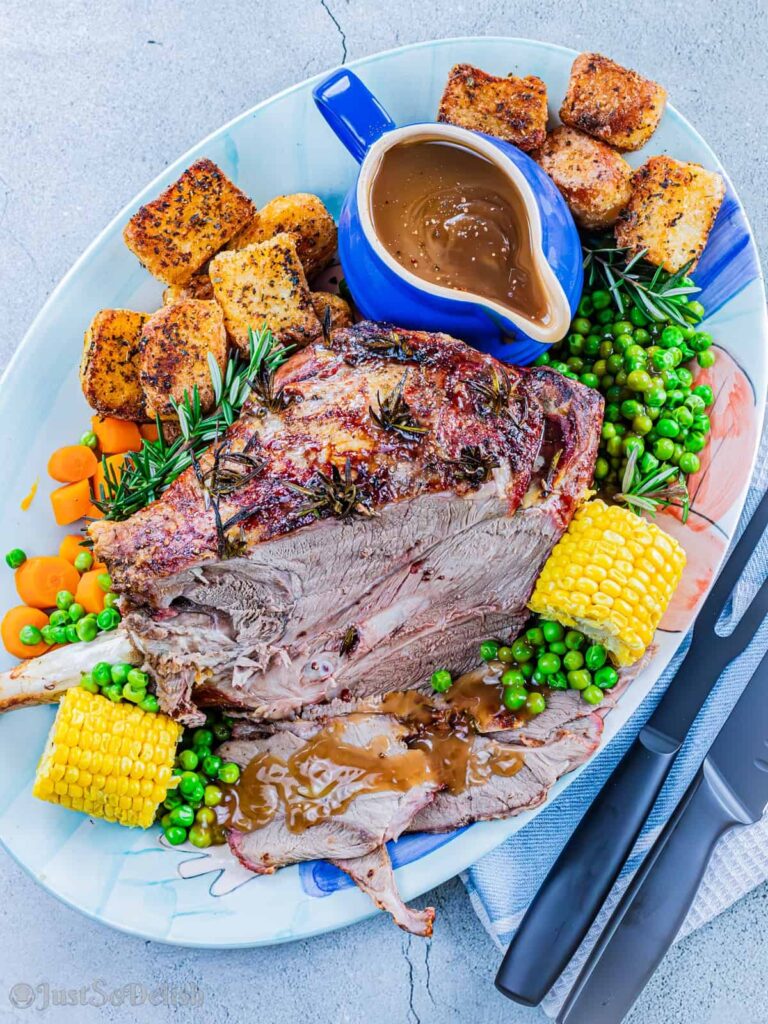
No weekend plans? No problem! Your Weber Q holds the key to a feast. This foolproof guide unlocks juicy, melt-in-your-mouth roast lamb that’ll wow your guests (cooking newbie or pro!). Ditch the stress, grab your grilling tools, and learn to master the art of Weber Q roast lamb. Get ready for rave reviews and happy bellies!
Why you’ll love my juicy Weber Q roast lamb
- Weber Q lamb: The crowd-pleaser that never fails! Perfect for any occasion.
- No mess, just delicious: Impress everyone with a perfectly cooked lamb every time.
- Leftovers for days: Feed a crowd and enjoy tasty lunches all week.
- That backyard smell: The aroma of herbs and juicy lamb will make your neighbours want to come over.
- Tender lamb: Forget dry roasts! Weber Q cooks lamb that’ll melt in your mouth every time.
Ingredients to make Weber Q roast lamb
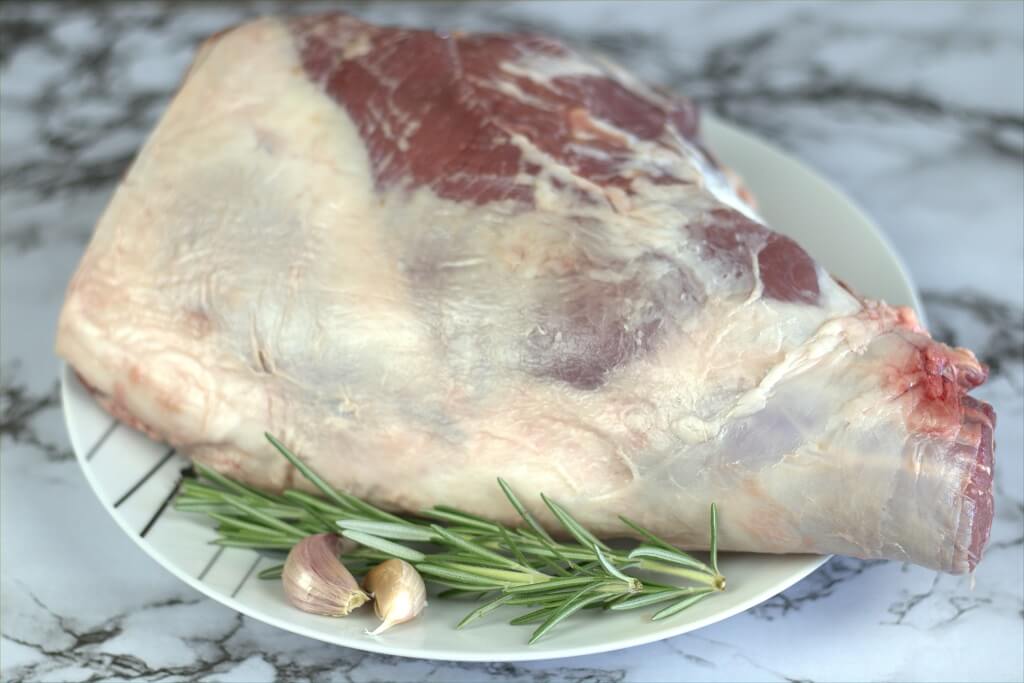
How to prepare your Weber Q for roasting?
A Weber Q is a versatile cooking appliance that combines the functionalities of a BBQ and an oven. However, these two cooking styles are vastly different, and it’s crucial to keep this in mind while using them.
To cook the perfect Weber Q roast lamb without burning the bottom, it’s essential to transform your Weber Q into a convection oven. This conversion will ensure even cooking and allow the meat to cook to perfection.
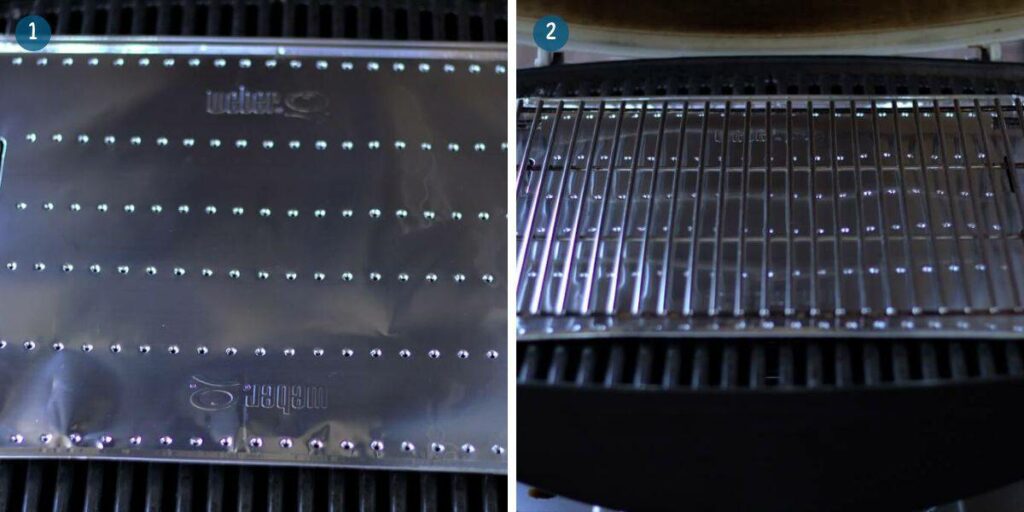
To convert your Weber Q into a convection oven, you’ll need an aluminium convection tray and a trivet to elevate the meat above it, allowing heat to circulate. The tray features holes that allow fat to escape and drip down through the bottom of the Weber Q.
Before placing food on the grill, ensure your Weber Q is clean. Excessive fat build-up can pose a fire hazard. Clean your grill, replace the drip tray, and ensure the bottom hole is clear.
The grill features four grooves, two on each side. To prevent the convection tray from moving around, place it into these grooves. Then, position the trivet in the centre of the tray.
Now it’s time to preheat your Weber Q BBQ before cooking.
How to preheat the Weber Q?
To preheat a Weber Q, you should follow these steps:
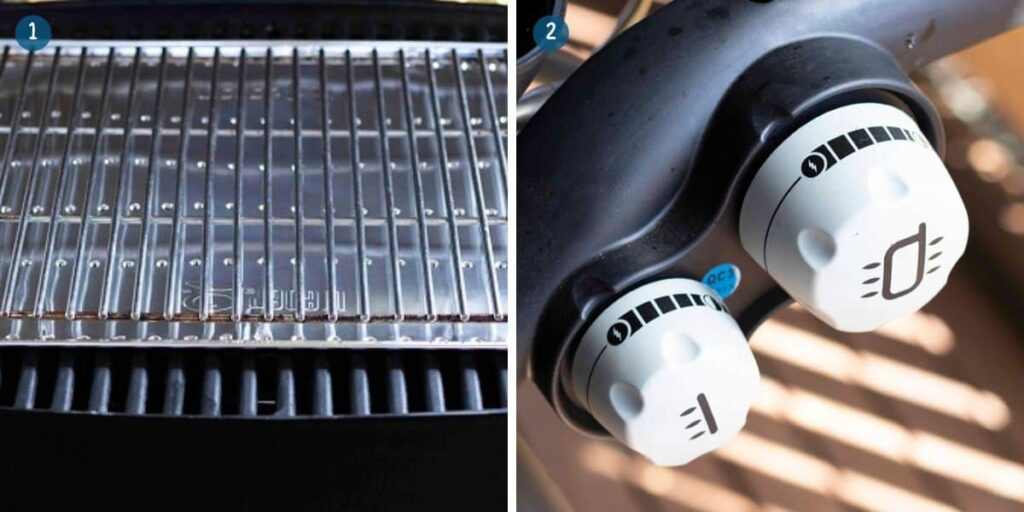
- Make sure the grill is clean and the drip tray is empty.
- Open the lid and turn on the gas supply.
- Turn both gas control knobs to the Start/High position.
- Press the red ignition button until you hear the gas flowing.
- Close the lid and let the grill preheat for 10 to 15 minutes.
It’s important to note that the preheating time may vary depending on the model and size of your Weber Q and the desired cooking temperature. Always refer to your Weber Q owner’s manual for specific preheating instructions.
How to prepare a Weber Q roast lamb?
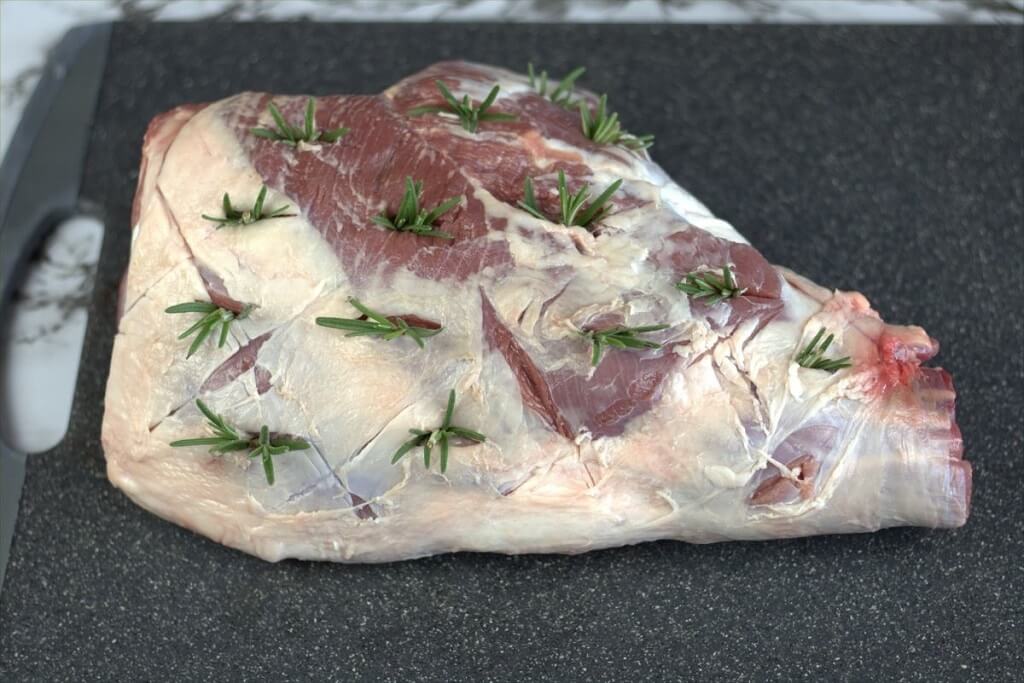
- Gather your tools: You’ll need a sharp knife, a cutting board, and a shallow dish.
- Trim the excess fat: Use your knife to remove any large patches of visible fat from the surface of the lamb leg.
- Score the lamb: Make shallow cuts, about 1 cm deep, across the surface of the leg. This helps the marinade penetrate and the fat render during cooking.
- Prepare the herb and garlic mixture: Chop fresh rosemary and garlic cloves. Adjust the amounts to your preference.
- Stuff the aromatics: Using a small knife or your fingers, gently push the rosemary and garlic pieces into the scored cuts on the lamb.
- Season generously: Sprinkle the lamb leg with salt and pepper, covering all sides.
- Coat with olive oil: Drizzle olive oil over the lamb, massaging it gently into the surface to create a thin, even coating.
- Marinate (optional): Place the seasoned lamb in a covered dish in the refrigerator for at least 30 minutes or overnight for deeper flavour.
Remember:
- Use clean utensils and food-safe surfaces when handling raw meat.
- Wash your hands thoroughly before and after preparing the lamb.
- Adjust the salt and pepper to your taste preference.
Now your lamb is prepped and ready for your Weber Q!
Time to make some yummy lamb crackle!
Once your Weber Q has been preheated, we need to turn down the small control knob to the low position. After all, we don’t want to charcoal our meat.
Next, place your lamb onto the centre of the trivet and listen to it sizzle.
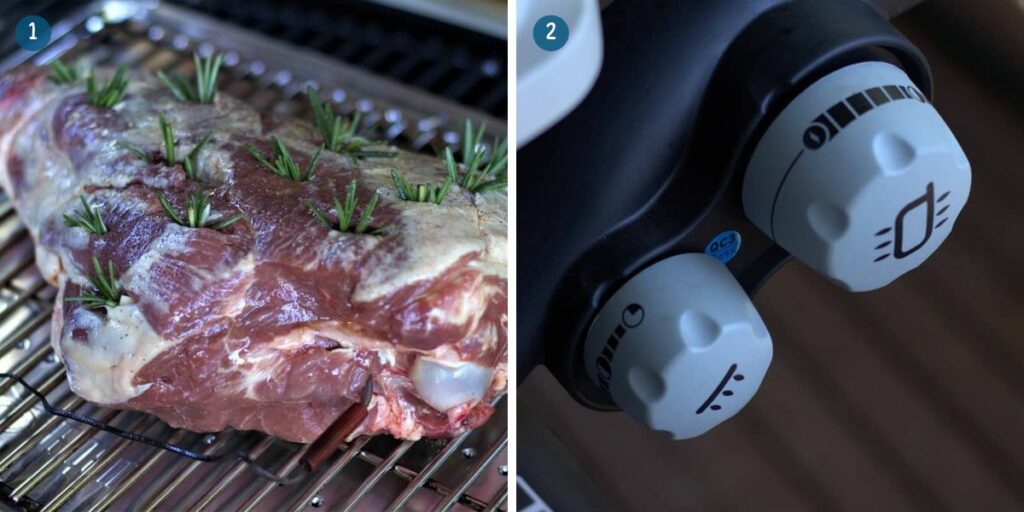
If you have a meat probe, insert it into the centre of the meat.
Pro Tip: If your lamb has a bone, do not let the probe touch it; otherwise, the internal temperature of the meat will give you a false positive, which will not be accurate.
We cook the Weber Q roast lamb at such a high temperature for a short time to cause the skin to crackle quickly.
If the temperature is too low when we add our meat, it will not have enough heat to crackle the skin. Instead, it will be soft and rubbery during the cooking process.
Continue to cook with the small knob on the low setting and the large knob in the high position for 25 to 30 minutes. Please try not to be tempted to lift the lid during this time.
Trust your Weber Q to do its job.
What is the roast setting on a Weber Q?
After you have blasted your lamb with heat, we must turn it down.
You will want to turn off the small control knob completely. And turn down the large control knob to the medium setting.
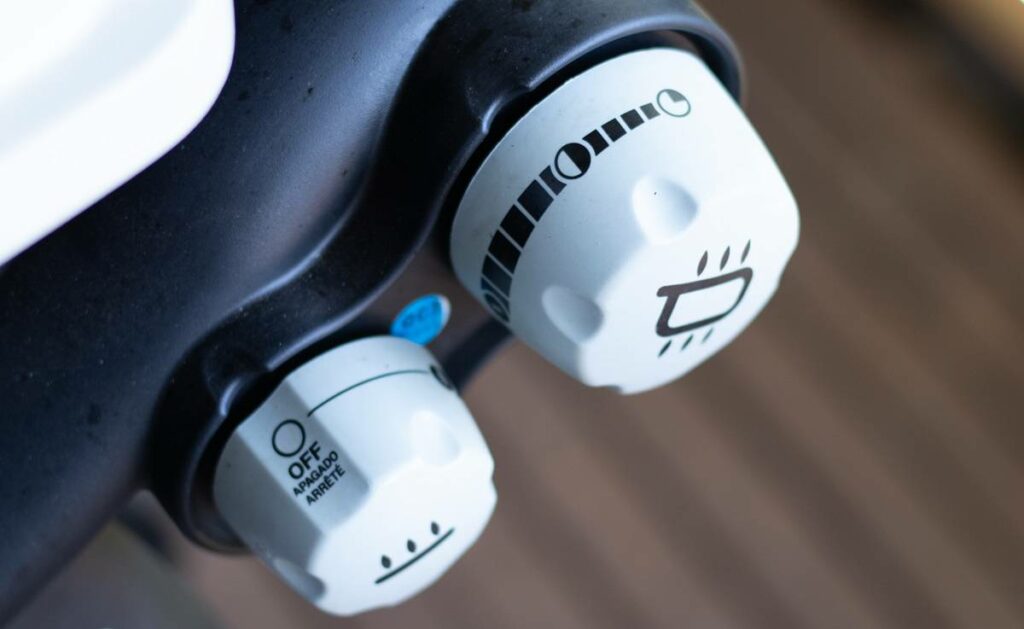
Provided your Weber Q is not in the open air on a windy day, you should not need to change this setting again.
But just in case there is a lot of fluctuation in the temperature, you can adjust the roast control knob between the HI/MEDIUM setting to keep the temperature within the ballpark of where it needs to be to roast.
What is the roasting temperature on a Weber Q?
If you have a meat thermometer, then this will be easy for you to monitor.
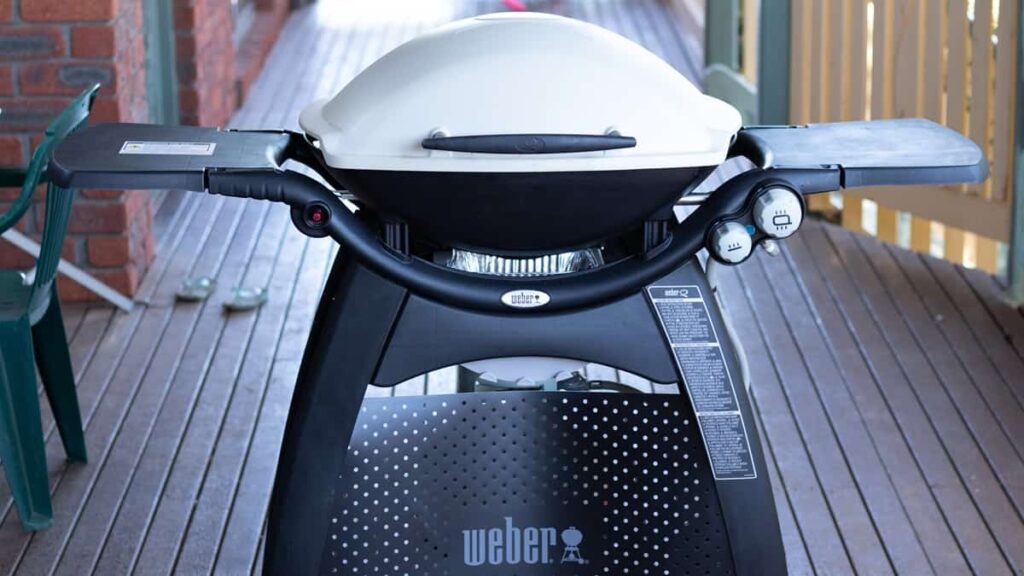
The Weber Q was never designed to be like the Weber kettle, where you can roast at temperatures as low as 130°C to 150°C. This BBQ needs heat to do its job correctly.
To successfully achieve a juicy Weber Q roast lamb, you need to maintain the temperature between 190°C and 230°C at all times. Or 375°F to 450°F.
You should also keep the Weber out of the wind and the elements, as this will cause it to struggle to maintain its correct temperature.
Can I roast vegetables in a Weber Q?
Absolutely! And I encourage it especially if you’re fortunate enough to have the Weber Q medium or family series BBQ.
If you’re cooking a succulent roast pork, lamb, or chicken on your Weber Q, why not add some potatoes and pumpkin on the side? I always do, and it’s a game-changer!
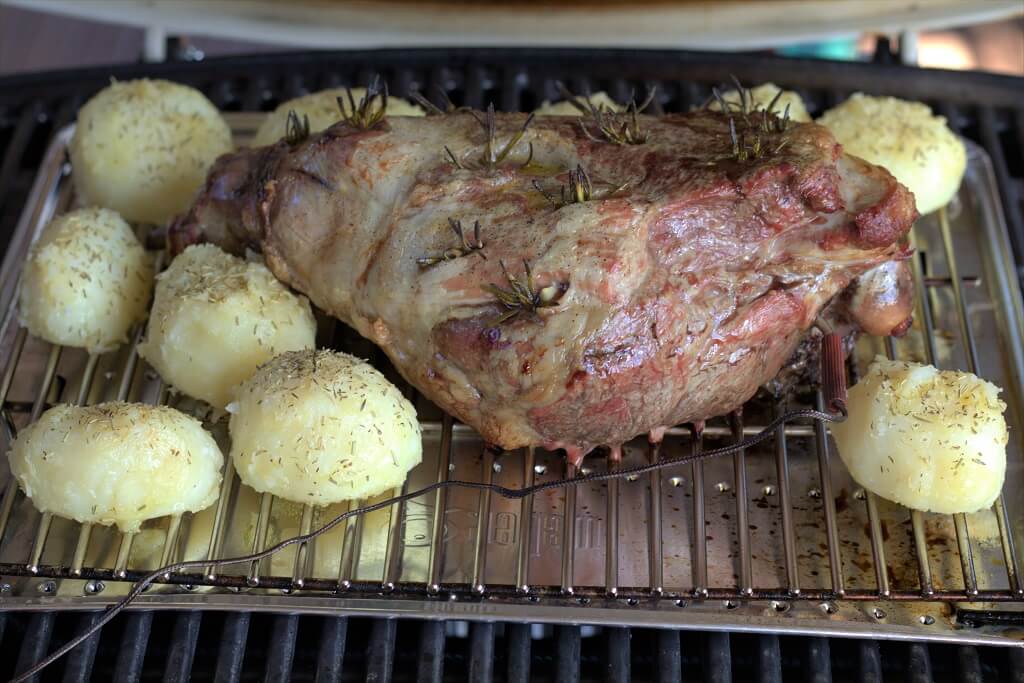
The lamb’s savoury and smoky flavours will seep into the veggies, giving them a delicious and unique taste.
But timing is critical here. I suggest adding your veggies to the trivet when the meat’s internal temperature reaches around 30°C or 86°F.
Don’t take too long to add the vegetables; doing so will let the heat escape, which you don’t want. So, quickly put them in and close the lid.
And one more thing: Remember to adjust the roast control setting if needed, depending on the quantity of vegetables you’ve added.
How long does it take to cook a Weber Q roast lamb?
Cooking times for Weber Q roast lamb can be tricky, depending on weight and thickness. My two methods?
1. Meat probe magic: This is my go-to. Stick it in, set your desired internal temperature, and relax! The roast cooks itself—no time for guessing.
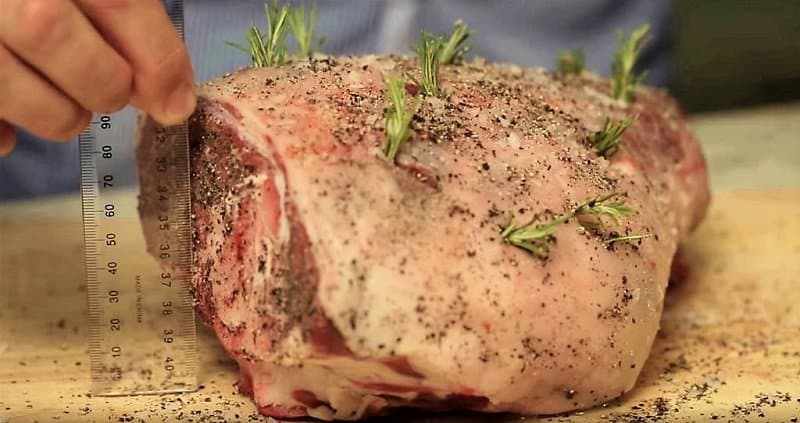
2. Thickness trick: Thicker meat takes longer—rule of thumb: 1 minute per millimetre. But honestly, the probe is easier.
Weber Q Roast Lamb Doneness Chart (Internal Temperature)
Source: Australian Lamb
| Doneness | Internal Temperature (°C) | Internal Temperature (°F) | Cooking Time (kg) | Cooking Time (lb) |
|---|---|---|---|---|
| Rare | 52-54 | 126-129 | 1 hour/kg | 45 minutes/lb |
| Medium-rare | 55-57 | 131-135 | 1 hour/kg | 45 minutes/lb |
| Medium | 60-62 | 140-144 | 1.25 hours/kg | 55 minutes/lb |
| Medium-well | 63-65 | 145-149 | 1.5 hours/kg | 1 hour/lb |
| Well-done | 68-71 | 154-160 | 1.75 hours/kg | 1 hour 15 minutes/lb |
Remember:
- These are approximate cooking times based on a Weber Q at 180°C (350°F). Cooking times may vary depending on the thickness of the lamb, your Weber Q model, and its preheating temperature.
- A meat probe is the most accurate way to ensure your lamb reaches the desired doneness.
- Allow the lamb to rest for 15-20 minutes after cooking for optimal juiciness.
Additional notes:
- The “Pink Zone” for lamb is between 54°C (129°F) and 60°C (140°F). The USDA considers this safe, but some individuals may prefer a higher internal temperature.
- The USDA does not recommend cooking lamb below 63°C (145°F) due to the potential for foodborne illness.
Allow 15 to 20 minutes to rest as the internal temperature will begin to rise another 3°C during the resting process.
Another way to be sure the meat is cooked perfectly is to make an incision into the side and check if the juice is running clear.
Carving your Weber Q roast lamb!
If you have followed my steps correctly, you should have a delicious, juicy lamb roast when you begin carving into it. Your tastebuds will be on overload.
This is the love the Weber Q provides, and I don’t know if I can ever return to my Weber kettle.
If you tried cooking a Weber Q roast lamb, please let me know how you went in the comments.
If it doesn’t work out for you, I am more than happy to help you figure out where it went wrong.
You can also check out my ULTIMATE WEBER Q GUIDE HERE! Where you can learn everything there is to know about cooking on your Weber Q BBQ.
I hope you enjoy my tender and juicy Weber Q roast lamb!
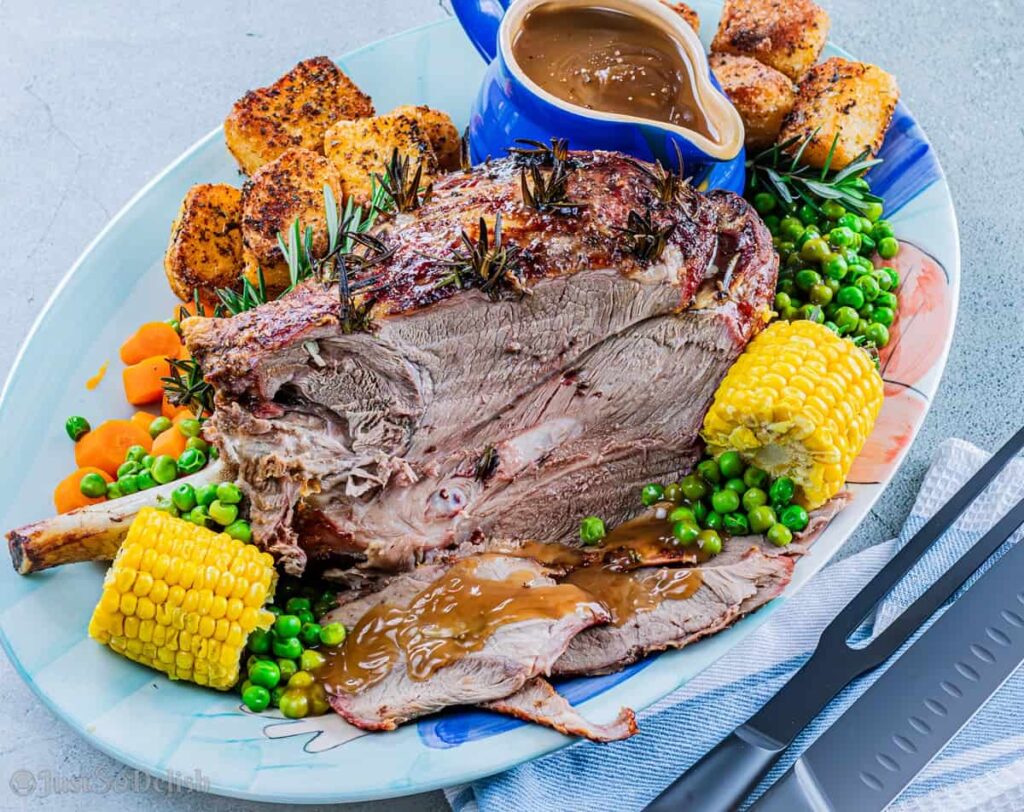
What to serve with our Weber Q roast lamb recipe?
- Weber Q roast potatoes
- Winter roasted vegetables on the Weber Q
- Homemade Caeser salad
- Simple homemade coleslaw
- Weber Q corn on the cob
- Berry fruit salad with mint dressing
Try our favourite Weber Q recipes!
It doesn’t stop at our perfectly cooked Weber Q roast lamb!
- Tender and juicy Weber Q roast pork
- Weber Q Philly cheesesteak sandwich
- Cheesy Weber Q omelette
- Weber Q Australian Fusion Chicken Enchiladas
- Jalapeno poppers (Weber recipe)
We’re an affiliate
We hope you love the products we recommend! Just so you know, we may collect a share of sales or other compensation from the links on this page. Thank you if you use our links. We really appreciate it!
Weber Q Roast Lamb with Garlic and Rosemary
Ingredients
- 2.5 kg Bone In Leg of Lamb
- Rosemary Fresh
- Garlic Fresh
- Salt
- Pepper
- Olive Oil
Instructions
- When you are ready to start you will need to get your Weber Q ready for convection oven cooking. Place a new convection tray onto the grill, noticing that Weber Q trays will line up with the holes on the grill, this will prevent movement. Then place a trivet on top of the convection tray.
- Turn on the gas bottle that is connected to your Weber Q and turn both control knobs to the START/HI position. Then, push the ignition switch to fire up the BBQ. If you have a Weber Q Baby, then turn the control knob to START/HI. If you have 2 meat probes handy, then this is the time to rest the first probe onto the convection tray. This will give you the temperature of the Weber Q BBQ. Run at this setting for 10-15 minutes to get the Weber Q nice and hot, with the lid closed.
- While your Weber Q is heating up, now is the time to prep your leg of lamb. Begin by peeling and cutting fresh garlic cloves into small 1cm pieces. You will need about 12-14 small blocks of garlic.
- Cut 8-10 small pieces of fresh rosemary.
- Make 8-10, 2cm cuts across the lamb and place 1 piece of sliced garlic and rosemary into each cut. Make sure to push the garlic in, but leave a small amount of rosemary sticking out, so that you can remove it later upon serving.
- Baste olive oil over the leg of lamb, making sure the entire leg is covered. Then sprinkle salt and pepper as desired.
Roasting the Leg of Lamb
- Place the lamb onto the centre of the Trivet, and if the Weber is hot enough you will hear it sizzle. Now is the time to insert your other meat probe into the centre of the lamb. If your roast has a bone, make sure the probe does not make contact with it, as this will give you a false internal temperature reading. Make sure you remember to close the lid to stop heat from escaping.
- If you have the Family Q series turn down the small control knob to the LOW position and leave the large control knob in the HI position. If you have a Weber Q Baby, then don't change any positions on the control knob and continue with this method. Leave your leg of lamb for at least 25 to 30 min at this setting and please avoid the temptation of lifting the lid to check if the lamb crackle process has begun.
- After 30 minutes the lamb will already show signs of crackle. Next, you need to turn the smaller control knob to the OFF position and the large control knob to the ROAST (middle) position.For the Baby Q, turn the single gas control knob to the medium (middle) roast position.
- The temperature will be high at first, but turning the control knob to the medium position will soon bring the temperature down. And don't worry, you won't burn the roast. Keep the roast at between 190°C to 230°C or 375°F to 450°F at all times. You can maintain this easily by keeping an eye on your temperature and adjusting the control between HI and Medium as required.
- Once the internal temperature of the lamb has reached 45°C or 113°F, it is time to add any vegetables that are required for roasting. Place your vegetables around the roast lamb so they can absorb the smokey aroma and flavours of the roast lamb.
- Monitor the temperature of the Weber Q and meat throughout the cooking process with your meat probe. Once the internal temperature of the lamb has reached 155°F or 68°C, lift the lid and remove the meat probe, making sure to wear gloves so as not to burn yourself. Place the lamb onto a serving plate and set aside to rest for 15 to 20 minutes. This will bring the internal temperature to around 160°F or 71°C. After resting carve your lamb and serve with roast vegetables. ENJOY!
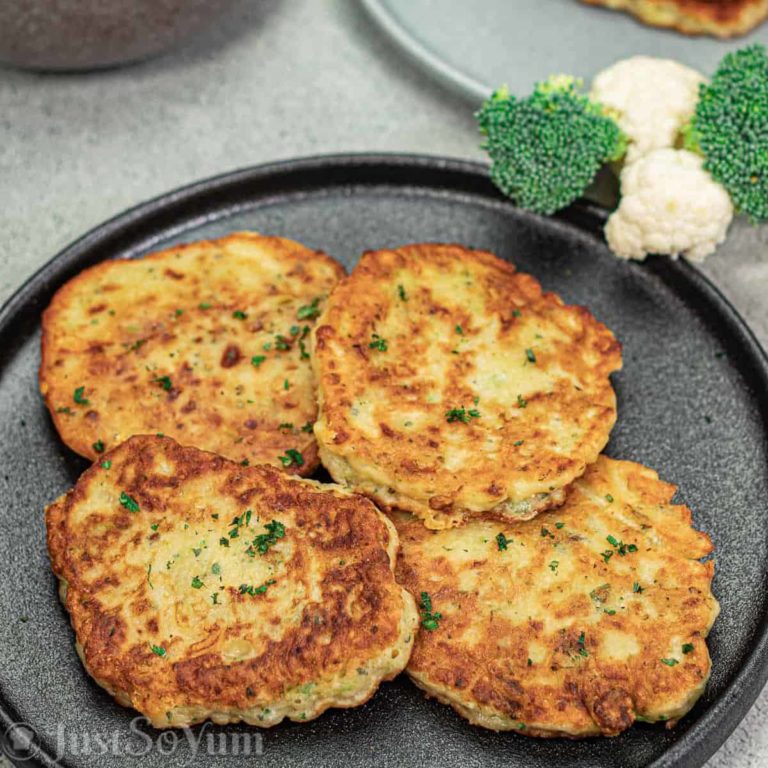
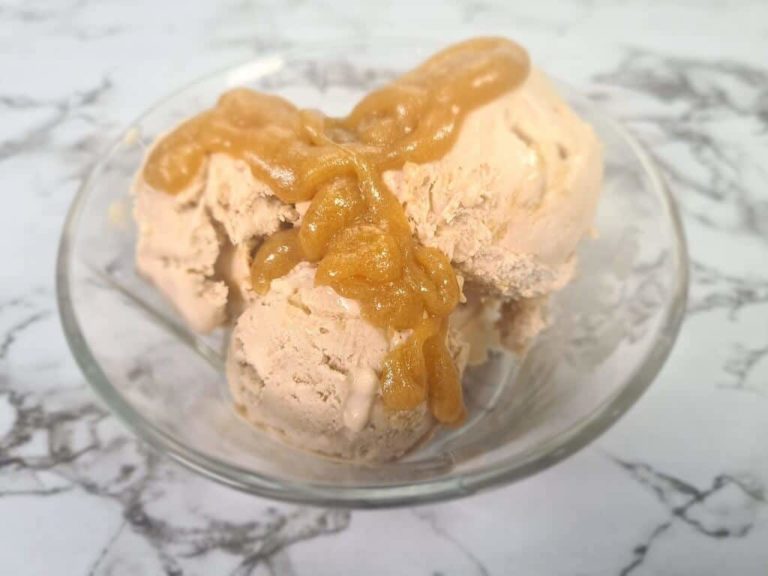

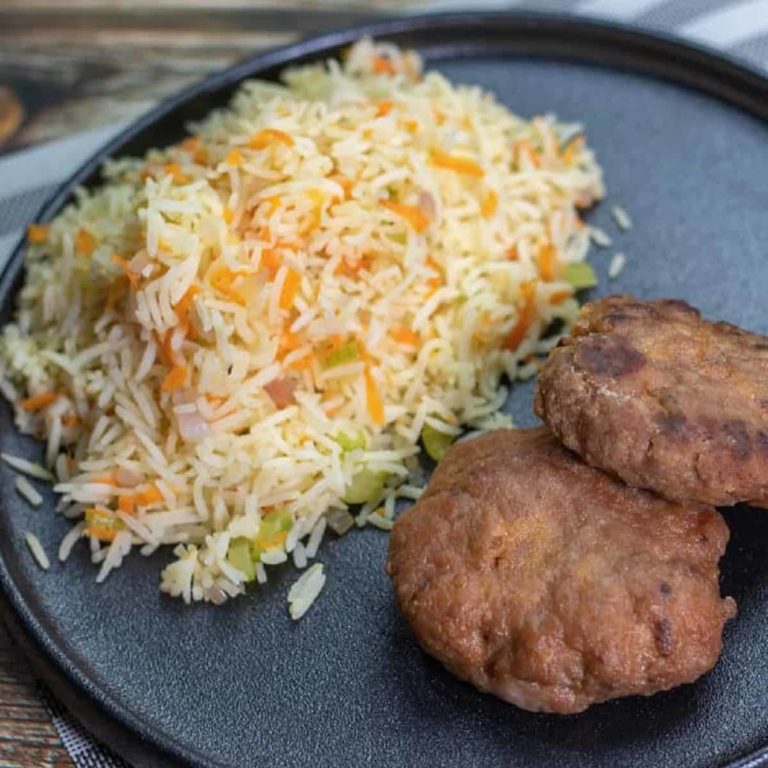
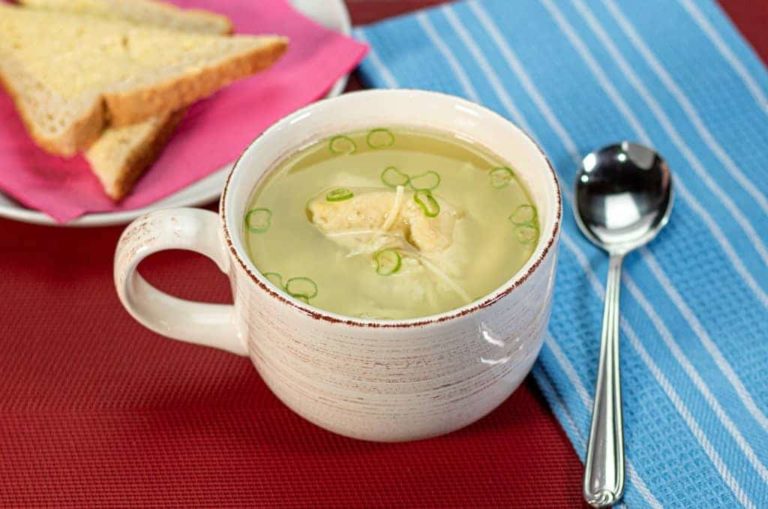
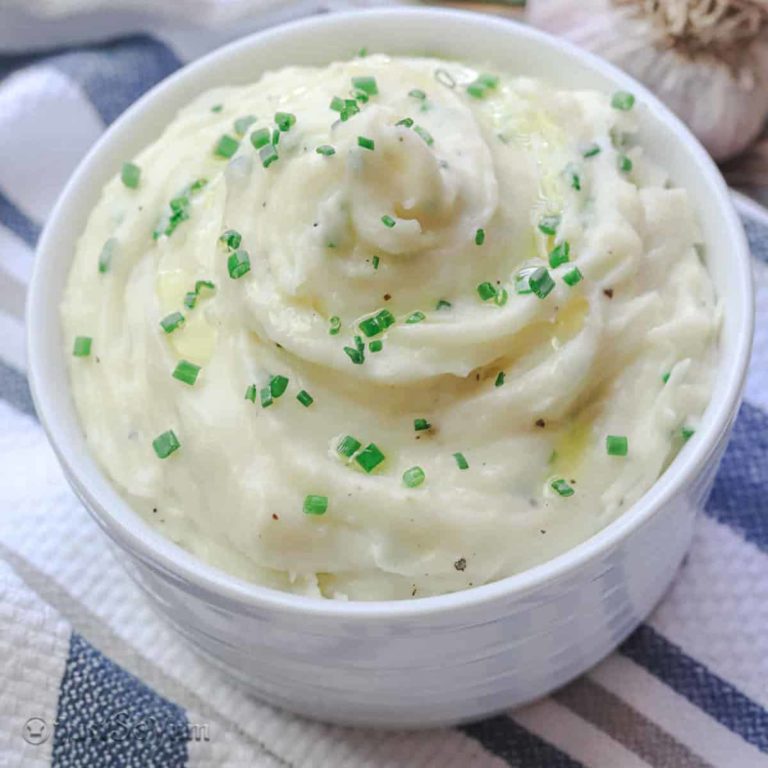
Can’t I just say, I have been quite overwhelmed by my Weber and a little intimidated by it. But when faced with hosting family Xmas after lockdown laws were enforced, I bit the bullet and gave it a whirl. Thanks to your guidance, I served up a delicious leg of lamb – I was so surprised! So thank you, for helping this rookie (that doesn’t have a thermometer on her Weber, or an igrill-yet) and for giving me the confidence to attempt and nail Xmas dinner. I appreciate it so so much!! Merry Christmas!
That’s awesome, I’m so happy that I’ve been able to help you have a bang-up dinner for your family. Now you will be able to do it perfectly every time…Well done!
Merry Christmas and a safe and happy new year to you and your family.
We had this for dinner tonight. Absolutely beautiful but I could not for the life of me get my weber family q under 240°c!!! I’m not overly worried as the meat just cooked quicker and it was still juicy but any tips would be greatly appreciated
Hey! Thanks for reaching out and I’ll be more than happy to help.
There could be a few factors at play here as to why your temp wouldn’t go under 240C on your Weber Q.
The weather can play a role, depending on the temperature of the day and what part of the world you’re in. If it’s a hot day it can keep temps high for example.
To maintain a temp range between 190C to 230C turn the large gas control knob to the medium roast setting. If the temperature still doesn’t go under 230C turn the gas control knob down to medium-low or low
just enough for the temp to reach around 200C then turn it back up to medium. As long as your roast is between those temps you will have a beautifully cooked roast lamb.
And lastly, if your Weber Q is positioned in the sun, find some shade to cook under. Keeping the Weber Q out of the direct sun will also help to lower the temperature.
I hope that helps you with your next roast.
Going to try this next Sunday Roast 😁 My Webber Q only has 1 knob, It’s a Baby Q with the thermostat in the lid – do I leave it on Hi for the whole cooking process or did I miss something? Thanks in advance 😁
Apologies for the confusion Maxine. After your Baby Q has preheated and your lamb is on the trivet, leave the gas control knob on HI for 25-30 minutes, then turn it down to the roast (middle) position for the remainder of the cook. Good Luck!
I’ve got a Weber Q200 (same as Q2000, just an older model). After heating on high for 10 mins, should i be doing the lamb roast (on the trivet & tray) set at two notches less than medium?
Hi Shelly, Your lamb should always be set up for indirect cooking by using a convection tray and trivet. Just place them onto the grill before preheating your Weber Q. Try to maintain a temperature between 190C and 230C at all times during the cook. The medium/roasting position is usually the go-to mark. But if your Weber tends to get too hot, just drop it 1-2 notches below medium to keep it between this temperature range.
Also, would this work with a bone in lamb shoulder?
I don’t recommend roasting a lamb shoulder the same way as a leg of lamb. Lamb shoulder is better cooked low and slow as it’s not as tender.
So I don’t have to turn the roast half way thru cooking?
No, just place the lamb onto the trivet and leave it throughout the entire cook. Just try not to peak too often, or you’ll lose the heat.
I’d recommend this to anyone, had an amazing roast for a family dinner. Also the first roast I’ve ever cooked.
I’m glad you enjoyed it, well done.